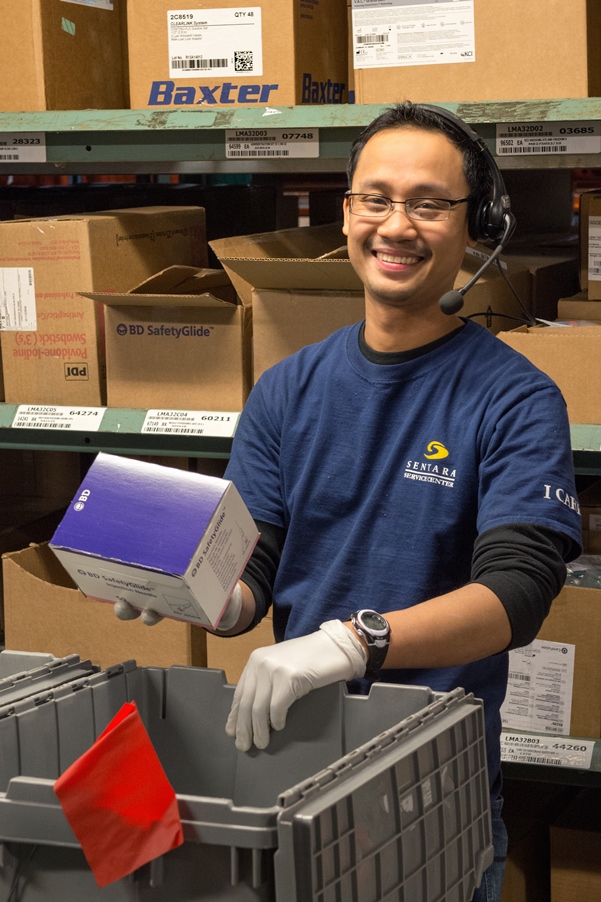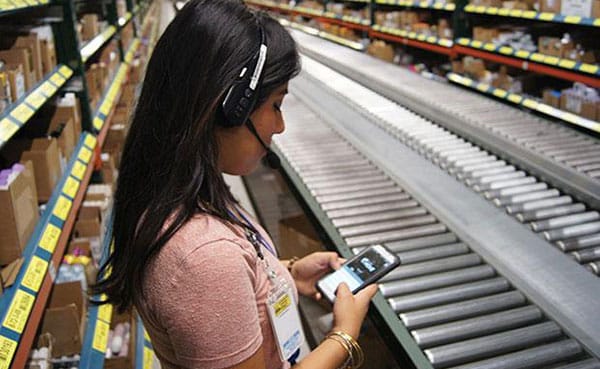I’m always curious to hear about the unexpected benefits DCs discover after installing a voice system, especially when improvements flow downstream and outside of the DC. During a panel discussion at Modex, Robert Saunders of Sentara Health described how two changes in DC processes implemented as part of their Jennifer™ voice project generated broader benefits in Sentara’s supply chain operations. These examples illustrate the advantages of thinking about DC processes in the context of broader supply chain efficiency, as well as the benefits of making process changes as part of a technology upgrade.

Robert’s other example involved the process for sorting and staging totes and cartons in the DC prior to shipping to hospitals. Before voice, workers at the shipping area would sort items to delivery carts for particular hospitals without regard for the final delivery destination within the hospital. Sorting by destination in their previous process simply would have been too slow. Consequently, materials management staff receiving deliveries at the hospitals had to sort products before delivering them to supply rooms – slowing their processes.
Sentara’s voice-and-scan-based sorting process in the DC now directs workers on the dock to stage totes and cartons in particular carts based on destination. Workers scan totes, Jennifer directs them to put the totes in the appropriate cart, and the workers speak a check digit to confirm the correct cart. The process is fast, accurate and easy for DC workers. Staff at the hospitals now take the carts from receiving directly to the appropriate supply rooms. They are saving time and getting products where they need to go faster and more efficiently.
Sentara’s experience is instructive for anyone considering a technology upgrade in their DC, especially those thinking about voice-enabling an existing RF-based system or process. Sentara could have simply “voice-enabled” their previous screen and scan-based system without making any process changes – they could have substituted voice direction for screens and speech recognition for scanning and key entry. If Sentara had taken that approach it would have completely missed out on the additional efficiency gains described here. The point is that a voice technology upgrade is the ideal time to consider making process and operational changes. Sure, that will require a little extra time and deeper thought, but it typically pays off in significant hard dollar benefits that compound year after year, within the DC and beyond.





